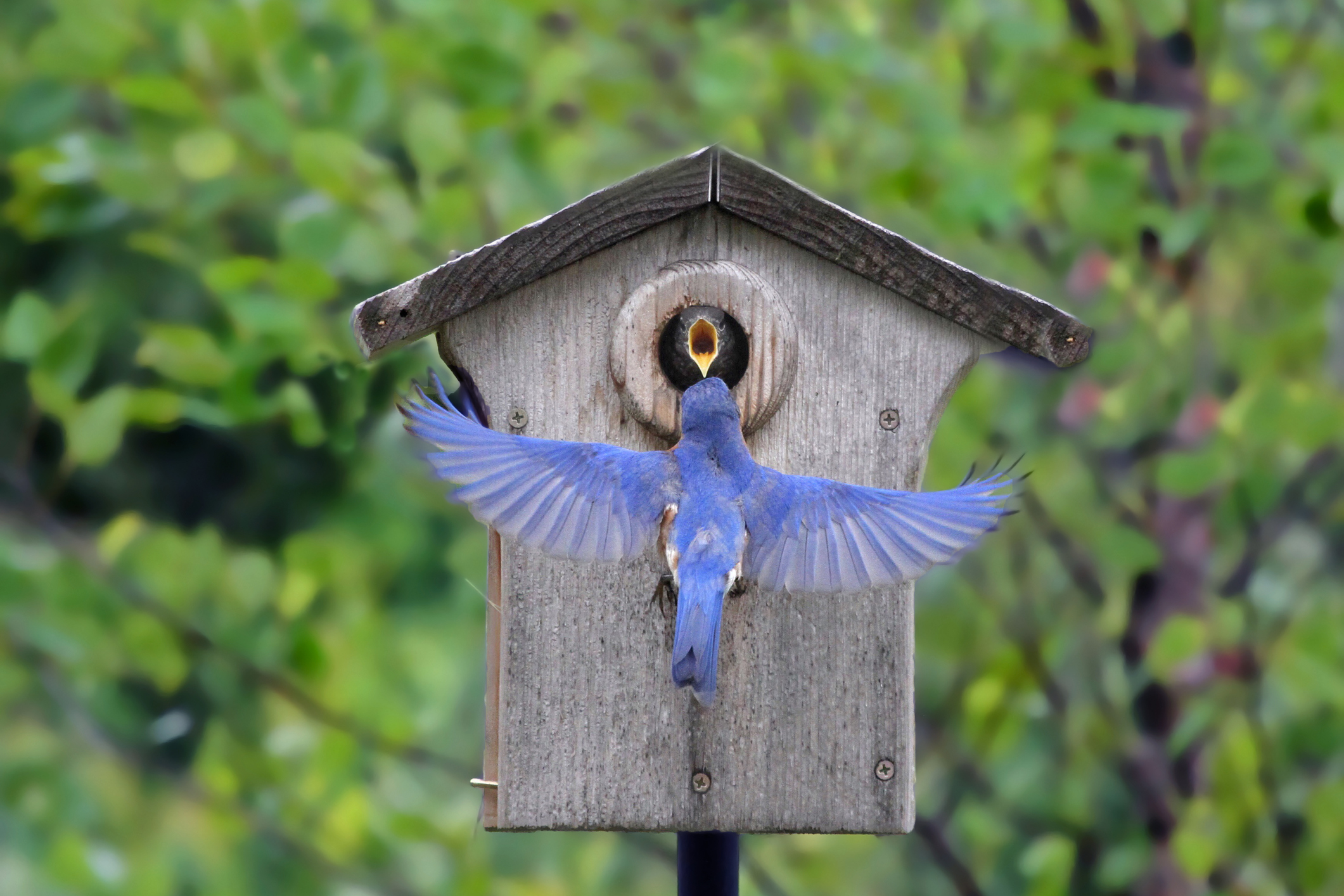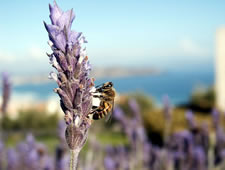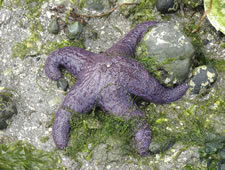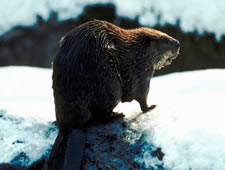Ecosystem Roles
There are a variety of roles that species can take in every ecosystem. Examine the images below to learn more about these various niches..
- apes_moose_384x580
Native: Species that normally live and thrive in a particular area.
- apes_killerbees_580x435
Non-native: Species that migrate, either accidentally or through deliberate introduction, into an ecosystem.
- apes_nashvillewarbler_435x580
Indicator: Species that provide early warnings of damage to a community or ecosystem.
- apes_seastar_580x435
Keystone: Species that have such a large effect on the types and abundances of other species in an ecosystem that their absence can dramatically alter the ecosystem.
- apes_beaver_580x387
Foundational: Species that play a major role in shaping their communities by creating and enhancing the habitat to benefit other species.
Non-native Species
Non-native species are also referred to as invasive species, invader species, exotic species, or alien species. What effect do you think non-native species have on the ecosystem they are introduced to? Find the answers in the video below.
Click on the image above to watch Biological Invaders
Answer
If a habitat has been disturbed, the native species can suffer from lost resources such as food, shelter and water. The native species are more stressed and may have a lower reproductive rate than in normal conditions. Any stress on a system or organism can increase vulnerability to invasive species. Invasive species can take advantage of the changes in an ecosystem or previously unavailable resources and potentially outcompete native species for food, light, water, and shelter.
Answer
Specialists are organisms that have a narrow niche and require specific resources for survival. If invasive species move into an area and compete for these resources, the specialist species will likely die out.
Indicator Species
 Have you ever heard of the canary in the coal mine? Canaries were used by miners in the late 1800's to alert them to poisonous gases. The canaries are very sensitive to the gas and would stop singing and appear distressed when they detected small amounts of the gases. This would give the less sensitive humans time to retreat before they too, succumbed to the gas. These canaries were being used as early indicators of changing environmental conditions. In fact, many songbirds are considered indicator species along with other organisms like amphibians, fish, and butterflies. Any species that is particularly sensitive to environmental disturbances can be considered an indicator species.
Have you ever heard of the canary in the coal mine? Canaries were used by miners in the late 1800's to alert them to poisonous gases. The canaries are very sensitive to the gas and would stop singing and appear distressed when they detected small amounts of the gases. This would give the less sensitive humans time to retreat before they too, succumbed to the gas. These canaries were being used as early indicators of changing environmental conditions. In fact, many songbirds are considered indicator species along with other organisms like amphibians, fish, and butterflies. Any species that is particularly sensitive to environmental disturbances can be considered an indicator species.
Is the bluebird an indicator species?
There are many factors that have contributed to the decline of the bluebird. The bluebird, like most songbirds, is particularly sensitive to environmental changes such as chemical pesticide use, loss of habitat, and habitat fragmentation. Habitat fragmentation is when an intact habitat is broken into smaller pieces due to urban development or industry. A once large forest might be cut by roads, a housing development, or other industry resulting in many smaller, disconnected plots of forest. Fragmentation of habitat is a major cause of biodiversity loss.
Pearson, iStock / Getty Images Plus
Keystone and Foundational Species

In the mid-1980s ecologist Robert Ripple noticed that the aspen tree in Yellowstone National Park was declining in health and number in certain areas of the park. After examining many possible variables that might explain the decline in aspens, Ripple realized that the decline began during the 1920s, when the last wolves were killed off in the park, removing a natural predator of the elk population in Yellowstone. After much research and observation, Ripple noticed that the healthiest aspens were in areas like stream and river beds, that were the least desirable to the elk.
Read through the article A Top Dog Takes Over from the National Wildlife Federation to see how this "top dog" affected the park ecosystem.
Use your reading guide to make sure you're focused on the important concepts.
 Avatar: A Visit with Charles Darwin
Avatar: A Visit with Charles Darwin
Species relationships can drive their evolution over long time periods. Charles Darwin and Alfred Wallace were the first scientists to explore and come up with unifying explanations for this type of species change over time. So who better to describe this process than Darwin himself? Use the tutorial below to explore these concepts.
Click the image below.







